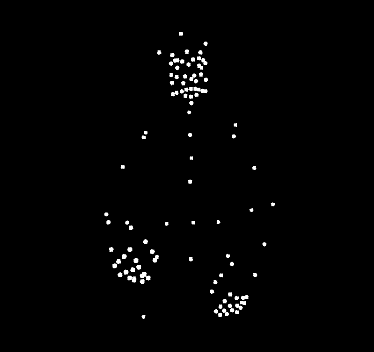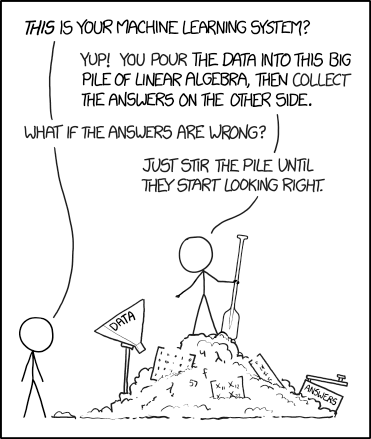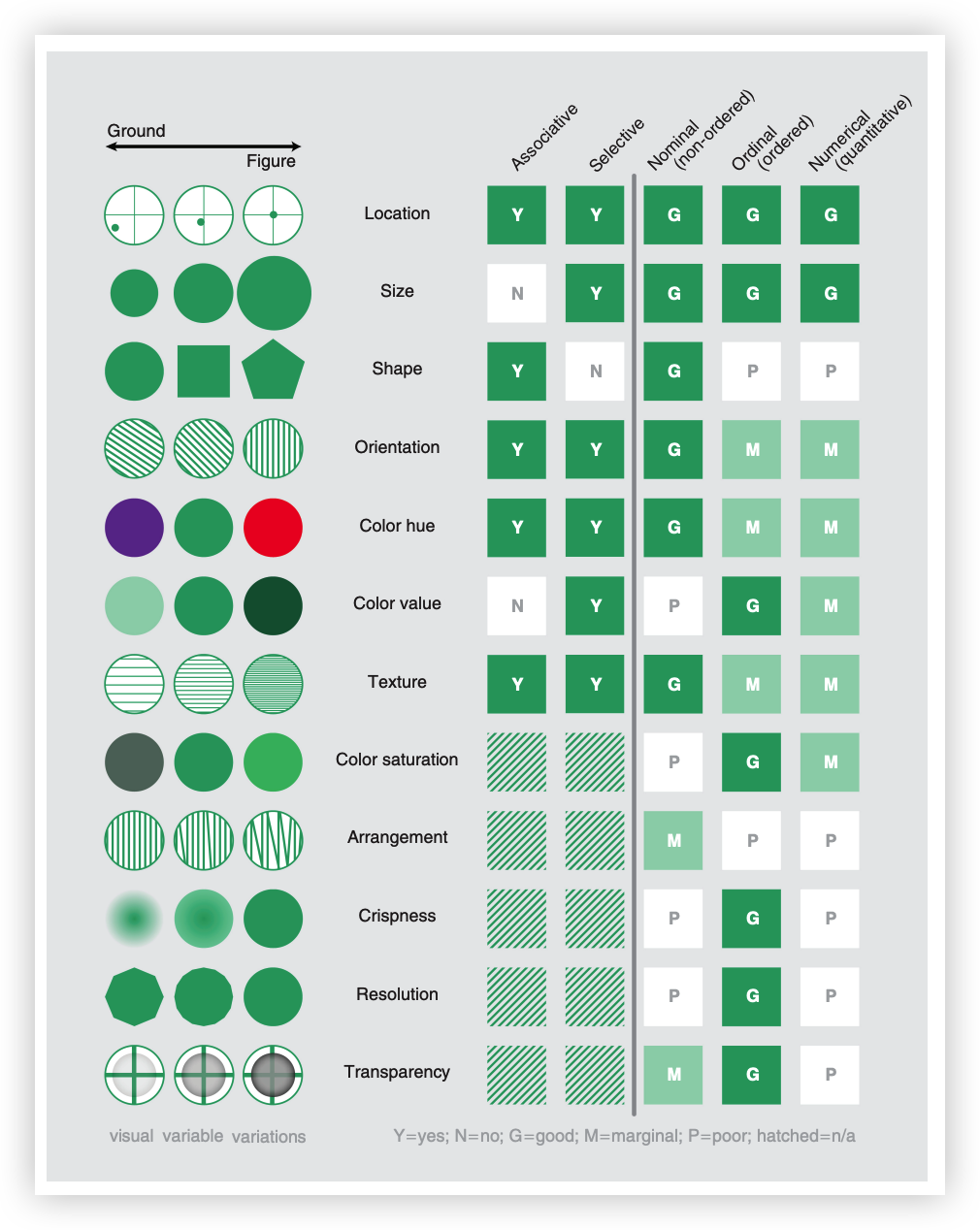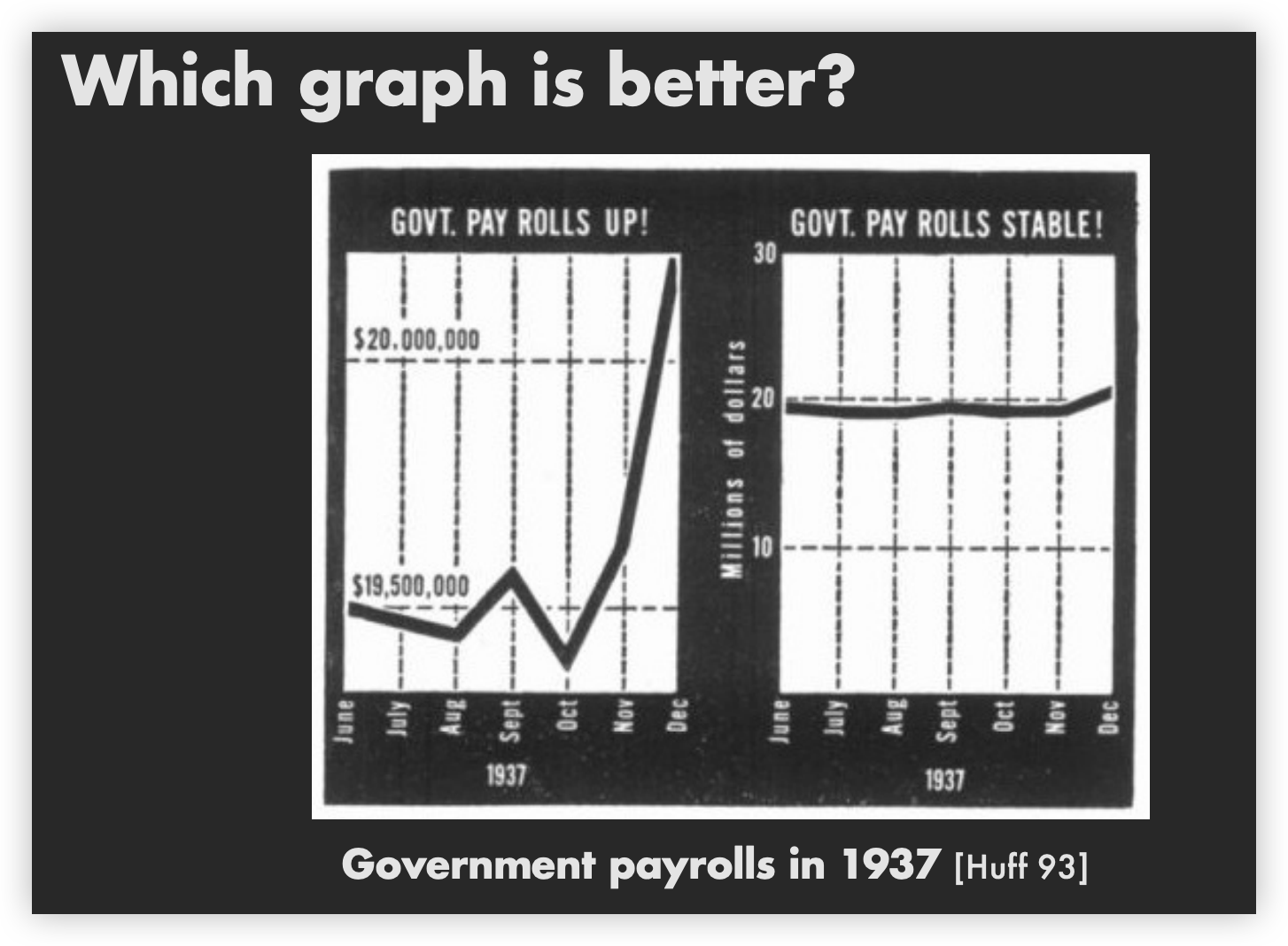TLDR
This article contains my notes from Stanford's CS448B (Data Visualization) course, specifically focusing on the twelfth lecture about animation. I'll discuss the importance of animation in data visualization, the principles behind it, and explore various techniques for visualizing data, including the use of guides, expressiveness, effectiveness, support for comparison and pattern perception, grouping and sorting data, transforming data, reducing cognitive overhead, and consistency. I'll also cover various chart types, such as line charts, bar charts, stacked area charts, and others, providing examples and discussing their design considerations.















